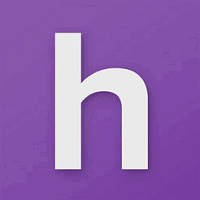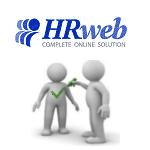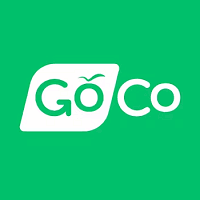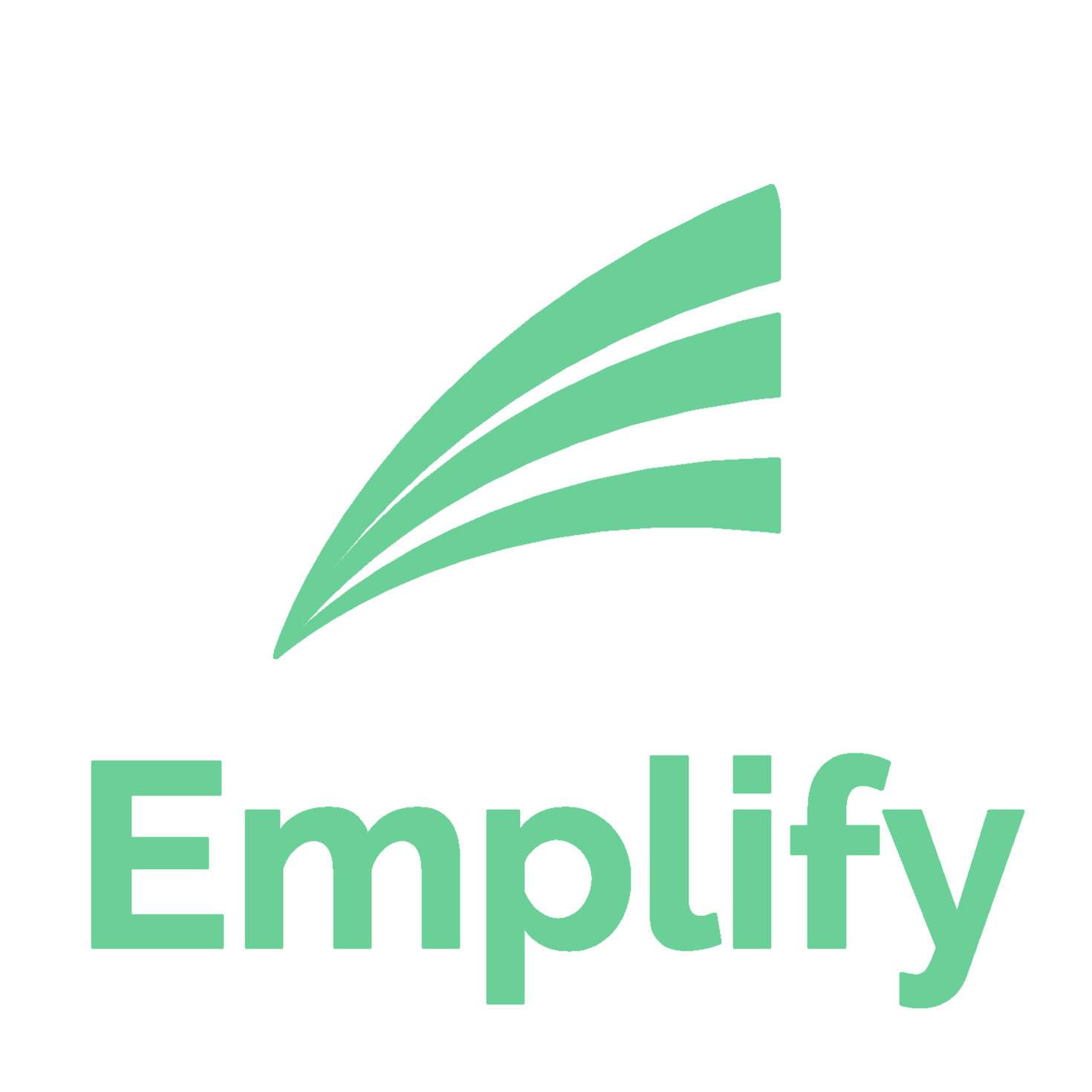Description

Access PeopleHR

Workplace
Comprehensive Overview: Access PeopleHR vs Workplace
Access PeopleHR and Workplace are part of the broader suite of human resource and workplace management tools. Here’s an overview of each, focusing on primary functions, target markets, market presence, and differentiating factors:
a) Primary Functions and Target Markets
Access PeopleHR:
- Primary Functions:
- Access PeopleHR is designed to streamline HR processes, offering functionalities such as employee management, recruitment, performance management, absence tracking, and compliance tools. It helps HR teams automate repetitive tasks, manage employee data efficiently, and gain insights through reporting and analytics.
- It also features self-service portals for employees and managers, enabling them to access and update their data easily, manage leave requests, and track performance reviews.
- Target Markets:
- The primary target market for Access PeopleHR includes small to medium-sized enterprises (SMEs) looking for a comprehensive yet straightforward HR management solution. It's particularly suited for organizations that require cost-effective, scalable solutions to manage their growing workforce.
Workplace (by Facebook/Meta):
- Primary Functions:
- Workplace is designed as a collaboration and communication platform to enhance internal communications within organizations. It includes functions like group chats, video calls, project collaboration spaces, and integrations with other business tools.
- It aims to create a centralized hub for team communication, promoting a culture of transparency and fast information sharing.
- Target Markets:
- Workplace is targeted towards larger enterprises and organizations across various industries that require robust tools for internal communication and connectivity. It's useful for companies that have remote or distributed teams and need to maintain a strong organizational culture and ensure effective communication.
b) Market Share and User Base
-
Access PeopleHR:
- While specific market share data might vary, Access PeopleHR is a popular choice among SMEs due to its affordability and ease of use. Its user base is primarily composed of organizations that need an all-in-one HR solution that's scalable as they grow.
- Its market presence is significant in regions where there's a high concentration of SMEs looking for cloud-based HR solutions.
-
Workplace (by Facebook/Meta):
- Workplace has a larger market share within the enterprise communication space, serving millions of users across tens of thousands of organizations worldwide. As part of Meta, it benefits from a significant brand presence and existing technological infrastructure.
- Its user base includes prominent global companies and large organizations looking for advanced collaboration and communication solutions.
c) Key Differentiating Factors
-
Integration and Ecosystem:
- Access PeopleHR is deeply integrated into the suite of other Access Group products, providing a more cohesive experience for businesses using multiple Access solutions.
- Workplace integrates well with a variety of third-party applications, including popular productivity and communication tools, enhancing its utility in a diverse tech ecosystem.
-
Focus and Use Case:
- Access PeopleHR focuses on HR-specific functionalities, making it a dedicated resource for human resources departments. It's designed to simplify HR tasks and improve operational efficiency.
- Workplace focuses on communication and collaboration, aimed at improving organizational connectivity and fostering a collaborative work environment.
-
Scale and Customization:
- Access PeopleHR is tailored more towards the needs of SMEs with scalable pricing and straightforward deployment.
- Workplace is designed to support large-scale deployments with substantial customization options, suitable for larger companies with complex communication needs.
-
User Experience:
- Access PeopleHR emphasizes an intuitive user experience specific to HR operations, providing streamlined interfaces for everyday HR tasks.
- Workplace, leveraging Meta's social networking expertise, offers a user-centric design familiar to users accustomed to social media platforms, which can facilitate adoption and engagement.
In summary, Access PeopleHR is best suited for SMEs seeking a dedicated HR management tool, while Workplace caters to larger organizations requiring comprehensive communication and collaboration solutions. The choice between these products depends significantly on organizational size, specific needs, and existing technological ecosystems.
Contact Info

Year founded :
2012
+44 1427 872110
Not Available
United Kingdom
http://www.linkedin.com/company/peoplehr-apps

Year founded :
2012
Not Available
Not Available
Poland
Not Available
Feature Similarity Breakdown: Access PeopleHR, Workplace
To provide a comprehensive feature similarity breakdown for Access PeopleHR and Workplace, let's first clarify what each platform typically offers:
a) Core Features in Common
Access PeopleHR and Workplace generally have several core features in common, assuming Workplace refers to a platform like Workplace from Meta (Facebook) focused on organizational communication and collaboration. Here's a breakdown of potential common features:
-
Communication Tools:
- Messaging and chat functionalities.
- Announcement features for broad communication within the organization.
-
Collaboration Features:
- Document sharing and management.
- Group or team creation for project-based collaboration.
-
Employee Directory:
- Access to a centralized database of employee information and profiles.
-
Integration Capabilities:
- Ability to integrate with other software and tools to enhance functionality.
-
Mobile Access:
- Mobile applications or responsive design to facilitate on-the-go access.
-
Security Measures:
- Data protection and privacy settings to safeguard organizational information.
b) User Interface Comparison
-
Access PeopleHR:
- Typically presents a user-friendly dashboard focused on HR management tasks.
- Interfaces are designed to streamline HR processes such as recruitment, employee management, and performance tracking.
- Offers a clean and professional layout aiming at ease of navigation for HR professionals.
-
Workplace (from Meta):
- Emphasizes a social media-like interface, familiar to users accustomed to Facebook.
- Prioritizes community building and communication with features like news feeds, comments, and likes.
- The UI is designed to feel intuitive and social, enhancing user engagement and interaction.
c) Unique Features
Access PeopleHR:
-
HR-Specific Tools:
- Comprehensive HR tools including recruitment workflows, applicant tracking systems, and performance reviews.
- Advanced reporting and analytics tailored to HR needs.
- Time-off management and holiday tracking.
-
Employee Self-Service:
- Allows employees to manage their own information, submit leave requests, and access personal data.
Workplace (from Meta):
-
Community Building:
- Features like live video broadcasting and community-oriented groups enhance large-scale and informal communication.
- Social features such as news feed algorithms and Facebook-inspired functionalities.
-
Integration with Meta Ecosystem:
- Seamless integration with other Meta tools and services, potentially offering a unified experience for users familiar with Facebook products.
These platforms, while sharing some core functionalities focusing on communication and employee engagement, diverge significantly in terms of specialized features and user interface design. Access PeopleHR is more HR-focused, while Workplace emphasizes social and collaborative aspects. Always check for the most current version of these tools as features can evolve over time.
Features

Not Available

Not Available
Best Fit Use Cases: Access PeopleHR, Workplace
Access PeopleHR and Workplace are two distinct tools that cater to different needs within organizations. Here's a breakdown of the best fit use cases for each:
Access PeopleHR
a) For what types of businesses or projects is Access PeopleHR the best choice?
Access PeopleHR is primarily an HR management solution designed to simplify and streamline human resource processes. Here's where it fits best:
- Small to Medium-sized Enterprises (SMEs): PeopleHR is ideal for SMEs looking to automate their HR processes without the complexity of enterprise-level systems. It offers an affordable, scalable solution to manage recruitment, employee records, performance, and more.
- Growing Companies: Businesses that anticipate growth can benefit from PeopleHR’s scalable features, which allow for the addition of new users and more advanced HR functionalities as the company expands.
- HR Teams Needing Efficiency: Companies that need to enhance the efficiency and effectiveness of their HR operations by reducing administrative workload and manual processes.
- Organizations with Remote Employees: Provides remote access to HR functions, allowing businesses with remote workforces to maintain HR continuity effectively.
d) How do these products cater to different industry verticals or company sizes?
Access PeopleHR caters to a wide range of industries, thanks to its versatile features. It is suitable for:
- Hospitality: Managing diverse staffing needs and compliance with industry regulations.
- Healthcare: Efficiently managing employee records and shift scheduling.
- Retail: Handling high levels of seasonal staff turnover and training requirements. Due to its flexible nature, PeopleHR can adapt to various industry needs and is particularly well-matched to small and mid-sized firms.
Workplace (by Meta)
b) In what scenarios would Workplace be the preferred option?
Workplace is essentially a communication and collaboration platform, making it ideal in the following scenarios:
- Large Enterprises: Organizations with a large number of employees spread across different regions, looking to foster a strong internal communication culture.
- Cross-functional teams: Teams that require real-time communication tools to collaborate effectively, share updates, and work on projects together.
- Corporate Cultures Focused on Engagement: Businesses that prioritize employee engagement and team collaboration can benefit from Workplace's social media-like interface that enhances interaction.
- Organizations Implementing Change Management: Companies going through transitions or restructuring can utilize Workplace to keep employees informed and connected.
d) How do these products cater to different industry verticals or company sizes?
Workplace is robust for industries that need dynamic communication channels, such as:
- Tech Firms: Where rapid exchange of information is crucial.
- Media and Entertainment: Facilitating quick updates and team interactions.
- Education: Supporting staff collaboration across various departments. Workplace is best suited for larger firms due to its comprehensive capability to connect employees across different and often dispersed locations, making it less ideal for very small businesses.
Both Access PeopleHR and Workplace cater to the specific needs of different business types and sizes, with PeopleHR focusing on HR functionalities and Workplace excelling in enhancing communication and collaboration within larger organizations.
Pricing

Pricing Not Available

Pricing Not Available
Metrics History
Metrics History
Comparing teamSize across companies
Conclusion & Final Verdict: Access PeopleHR vs Workplace
Conclusion and Final Verdict for Access PeopleHR and Workplace
a) Considering all factors, which product offers the best overall value?
When considering overall value, Access PeopleHR may offer the best value for organizations primarily focused on HR management and optimizing their human resource processes. It provides a comprehensive suite of HR tools tailored to manage employee information, streamline recruitment, and enhance staff engagement efficiently.
On the other hand, Workplace by Meta offers excellent value for businesses that prioritize communication and collaboration across geographically dispersed teams. Its integration with familiar social media interfaces makes it user-friendly and can potentially enhance team cohesion and internal communication.
Therefore, the choice ultimately depends on the primary needs of the organization: for HR-centric functionality, Access PeopleHR is more valuable, whereas, for collaboration and communication, Workplace is the way to go.
b) Pros and Cons of Choosing Each Product
Access PeopleHR:
Pros:
- Comprehensive HR management tools, including recruitment, onboarding, performance, and absence management.
- Easy to use with an intuitive interface suited for HR professionals.
- Scalability suitable for small to medium-sized businesses.
Cons:
- Limited in terms of collaboration features compared to dedicated communication platforms.
- Some users report occasional customer service response delays.
- May require additional integration efforts to work seamlessly with other existing business software.
Workplace by Meta:
Pros:
- Strong emphasis on team communication and collaboration similar to social media.
- Supports video conferencing, chat, groups, and knowledge sharing.
- Integrates well with other Meta products and wider ecosystems.
Cons:
- Limited HR-specific functionalities might require additional software for comprehensive HR management.
- May involve training for users who are unfamiliar with navigating social media-style platforms in a professional setup.
- Data privacy and security concerns associated with social media platforms.
c) Specific Recommendations for Users Trying to Decide Between Access PeopleHR vs Workplace
-
Identify Core Needs:
- If your organization requires robust HR functionalities such as performance management, recruitment, and staff records, Access PeopleHR is more suited to these needs.
- If the priority is to enhance internal communication, collaboration, and team culture, then Workplace is a better fit.
-
Consider Integration Needs:
- Ensure that the chosen software can integrate with your existing platforms and consider any additional tools you may need to complement it (e.g., integrating Access PeopleHR with a communication tool if needed).
-
Budget and Scalability:
- Consider the cost implications of each platform and factor in the potential growth of your business. Both products can scale, but the associated costs might influence the decision, especially for startups versus established businesses.
-
Trial and Engagement:
- Consider running trials of both platforms and engage with teams to gather feedback. Understanding the user experience can be crucial in adoption and ongoing utilization of the software.
In summary, the decision between Access PeopleHR and Workplace should be made by aligning their features with your organization’s specific priorities, whether it be HR management or team collaboration.
Add to compare
Add similar companies




